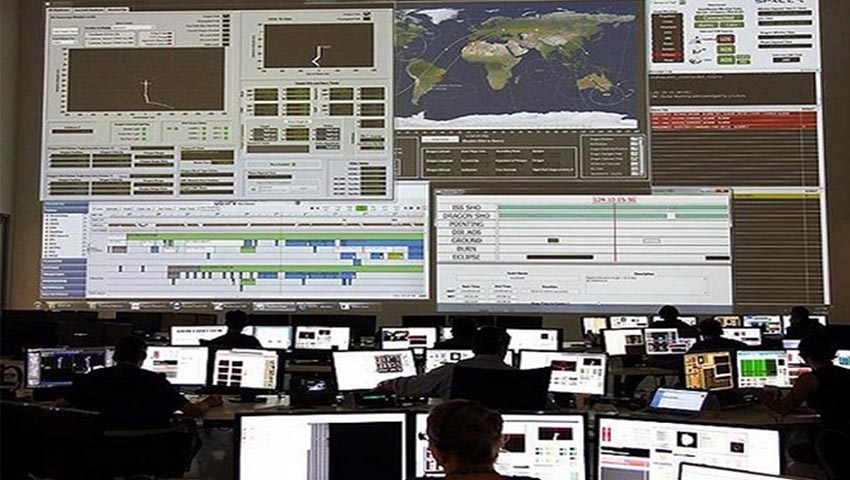
The event, called the “Sprint Advanced Concept Training” (SACT), is a United States Space Force-run event to test the combat readiness of its space forces. The exercise uses live data from real-world, commercial and defence sensors to track objects in space.
SACT also includes a civil space component, which allows military members to practice working with civilian and commercial space operators in what is early emergence of a civil space traffic management community.
Saber Astronautics provided leadership for the Pacific region from their Mission Control Centre, called the “Responsive Space Operations Centre” (RSOC) in Sydney, which combines a range of new technologies to support decision making for large numbers of spacecraft.
Saber was recently selected by the Australian Space Agency through a competitive grant process to establish its Mission Control Centre in Adelaide.
Saber’s CEO, Dr Jason Held, explained, “SACT explored our actions as a national civil Mission Control Centre if there was a war in space. Now we’re not space warriors, we’re more space traffic cops, as the RSOC’s primary mission during the event is ensuring safety of flight. But as a national centre, we also have a relationship to government, so it is important to explore how we can work with other agencies and the broader multinational community if something goes wrong.”
This project is funded by the Australian Space Agency’s International Space Investment: Expand Capability grant opportunity.
During the event, the RSOC conducted civil space traffic management while receiving additional requests from the military teams.
The RSOC then tasked commercial sensor networks from companies from the USA, Japan and Australia, and analysed changes to orbiting satellites. They received data from sensors, compared with known and expected satellite positions, and identified manoeuvres for live spacecraft.
Historically, SACT was a USA-only exercise. However, in 2019 Saber’s international presence allowed integration with the US Space Operations Center to Australia, providing “follow the sun” 24-hour operational readiness from Saber’s RSOCs.
The “civilian SACT” formed soon afterwards, with companies from the USA, France and Australia leading three regional cells, each responsible for their eight-hour windows. The USA recently moved the space traffic management mission to the Department of Commerce to prepare for this growth.
Now with the space industry tripling in size over the next decade, there is increased interest in forming a global space traffic management capability, and the companies involved in SACT could form a core for such a global system.
“We’re about to leave the barnstorming era of the space industry, and like the aviation sector, the space sector will also need cooperation, coordination and interaction between civil and military stakeholders worldwide,” Held explained.
Receive the latest developments and updates on Australia’s space industry direct to your inbox. Subscribe today to Space Connect here.









